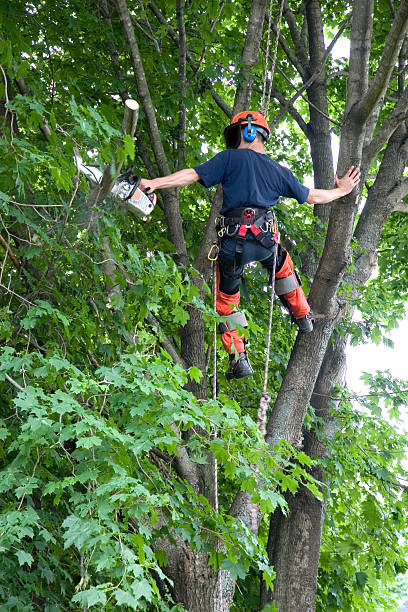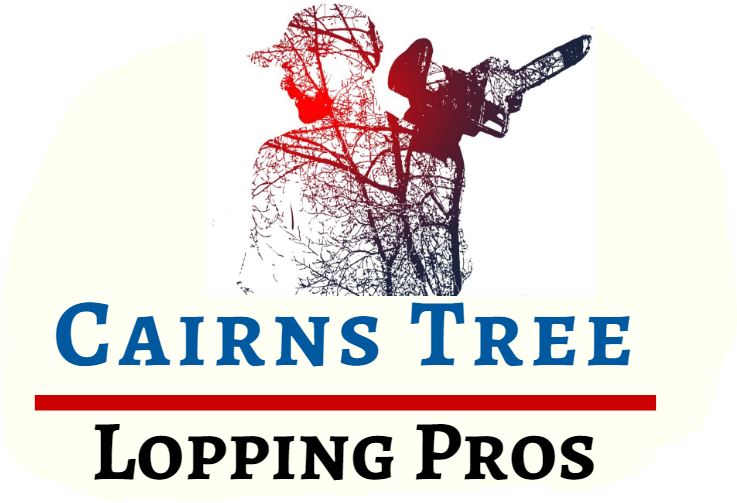Trees are a beautiful addition to any home. They provide shade, fresh air, and an aesthetic that not many other features can offer. Yet there is more to trees than what meets the eye. Trees need care and attention year-round in order to thrive as they should be living organisms who require water, fertilizer, pruning, and protection from insects or diseases from time to time. In this blog post, we will discuss timely tree tips for summertime tree care as well as advice for homeowners on how best to maintain their property’s trees!
Table of Contents
1. Caring For Tree During Summer Season
If you are living in regions where summers can be extremely hot, it is important to provide trees with water. Make sure that the soil around the roots of trees does not dry up or get too wet. During the summer season, watch out for any kind of pest damage and prune branches as necessary.
Water trees at least once a week. Maintain soil moisture by adding mulch around the base of the tree to retain water and prevent weeds from growing near roots. Ensure that no pests are making their way into your yard or garden, as they may damage your valuable plants.

2. Tips to keep your tree healthy and happy this summer
Make sure that the soil around your trees is not dry or gets too wet. Water trees at least once a week, maintain soil moisture by adding mulch to retain water, and prevent weeds from growing near roots. Ensure that no pests are making their way into your yard or garden, as they may damage your valuable plants.
3. Advice on watering, fertilizing, and general care of trees in the summer
Watering and fertilizing should be done on a regular schedule, even if it is not raining. Do not water or fertilize at night as this can cause the roots to rot due to the soil remaining moist during nighttime hours when root activity slows down significantly.
Do not fertilize trees that are not receiving water properly. Over-fertilized tree roots will have difficulty absorbing nutrients and may cause the fertilizer to accumulate on the surface of the soil which can then damage or kill your lawn due to toxicity.
The color of the leaves is an indicator of whether or not your tree needs watering. If they are turning brown, then you should water them immediately because it could be a sign that they are dying due to a lack of water. Green trees mean healthy trees! If you notice any yellowing on certain branches, cut off the branch below the affected area.
4. How to make sure you don’t lose your tree over the winter
Keeping your tree watered is probably the most important thing you can do during winter to make sure it doesn’t dry out and die. But putting up a cover over your trees will also help protect them from wind, rain, snow, or ice damage that may cause branches to snap off. There are many different types of covers available depending on what kind of tree you have and what kind of weather it may be subject to.
Make sure the cover has a ventilated top so that rain, snow, or ice won’t accumulate. It should also extend all the way around the trunk of your tree to catch as much wind as possible. Some people even build little huts over their small plants or seedlings to protect them from animals trying to munch on the tender new growth.
Make sure you remove your cover before spring arrives so that your tree doesn’t get stressed or damaged by it when it starts growing again. If you feel like there’s too much snow for this task, call a professional! They know how to safely and efficiently clear away the snow while leaving your trees unharmed.

5. What to do if a storm damages or kills a significant part of your tree’s canopy
If the storm has damaged large branches, keep an eye on them for a few weeks. If they are still leaning or drooping after that time period, have your tree pruned to remove them and allow new growth to start growing in their place. Do not wait too long though because you need room for all of those leaves!
If the storm has killed a significant part of your tree’s canopy, don’t panic. It may not be dead yet! Wait until it is dormant to check for signs of life if you are unsure. If it looks like new growth will start sprouting up soon after spring comes around again, then great – leave it alone and enjoy this second chance. If it looks like the tree will not produce any new growth, then you need to have your arborist take care of it for you with a proper pruning and removal process.
A little bit of damage may be okay in some cases if branches are still alive but hanging low or drooping too much. You can ask an arborist to trim them for you without removing too much from the tree. However, it is important that they are not removed entirely because your arborist will know where to cut and how far up they can go if necessary.
6. How do you protect trees from heat?
Trees are just like us. They need water to stay hydrated and they can get sunburned too! One way you can help trees is by watering them during the hot summer months. Most people know that their grass needs water but, did you know your trees also need it?
Trees provide many benefits for our home or community including shade, beauty and cleaner air. They also provide food for new generations of trees through their seeds!
By watering your tree during the hot summer months you will help it get through these tough times without too many negative effects.
The Best Technique For Summer Planting Of Trees:
7. How do you trim a tree without killing it?
If you’re trimming a tree, it is best to take your time and try not to cut too much off at once. Try cutting less than one-third of the branches each time so that they can better adjust to the change in their environment. Let them slowly grow back over several years! If you are trying to remove a tree completely, it’s best to cut down the large branches and leave a stump in the ground. This helps ensure that new growth will sprout from there instead of just growing outwards through other limbs on the existing trunk!
If you don’t want your trees anymore but can’t bear cutting them down, consider hiring an arborist instead. Arborists are specially trained to know exactly how much to cut off of a tree so that it can continue growing back healthier than ever!
8. What is the best time to water trees?
The best time to water trees is after rainfall, but if there has been no rain recently, it’s best to wait until the soil becomes dry. If you don’t know how long it takes for your tree’s roots to reach their maximum length, water every week or so during warmer months and less frequently in cooler weather.
Trees need water to survive, but there are some things you should do (and not do) when it comes time to give them a drink. Follow these tips for best results:
Don’t overwater your tree because this can cause its roots to rot and become vulnerable to disease. Instead, check the soil around your tree’s base before watering it. If the top inch of soil is dry, then you should water your tree.
Don’t skip the watering during hot or windy days because these conditions can cause your trees to wilt and require more water than usual. Be careful not to overwater on these days either—if roots sit in soggy soil for too long, they can begin to rot.
Don’t water your tree during the day because this forces the roots to compete with nearby grass and soil for moisture. Wait until evening or early morning when temperatures are lower and evaporation is less likely to occur from wet foliage. If you have a drip irrigation system set up near your trees, turn it off during the day as well.
Don’t water your tree when it’s under direct sunlight because this can cause leaves to burn and roots to bake in the soil, which may stress them out or kill them. If you have a sprinkler system set up near your trees, be sure to turn it off at nightfall so that moisture isn’t trapped on the leaves overnight.
Don’t use a sprinkler to water your tree because this can cause roots to become dry and brittle by drawing them up into the soil too quickly. A better option is a soaker hose that delivers steady moisture directly to where it’s needed, such as around the crown of a large shade tree or near smaller branches lower to the ground.
Conclusion:
The summer season is an important time for your trees. They need to be well-taken care of so they can grow healthy and strong, providing shade in the hot months ahead. With these tips, you’ll have everything you need to keep your tree looking its best this summer! Read on for more information about how to take care of your tree during the warmer months!
If you would like some advice on proper tree care please contact us on (07) 4082 7223 or contact the Cairns QLD local council by clicking on this link.

